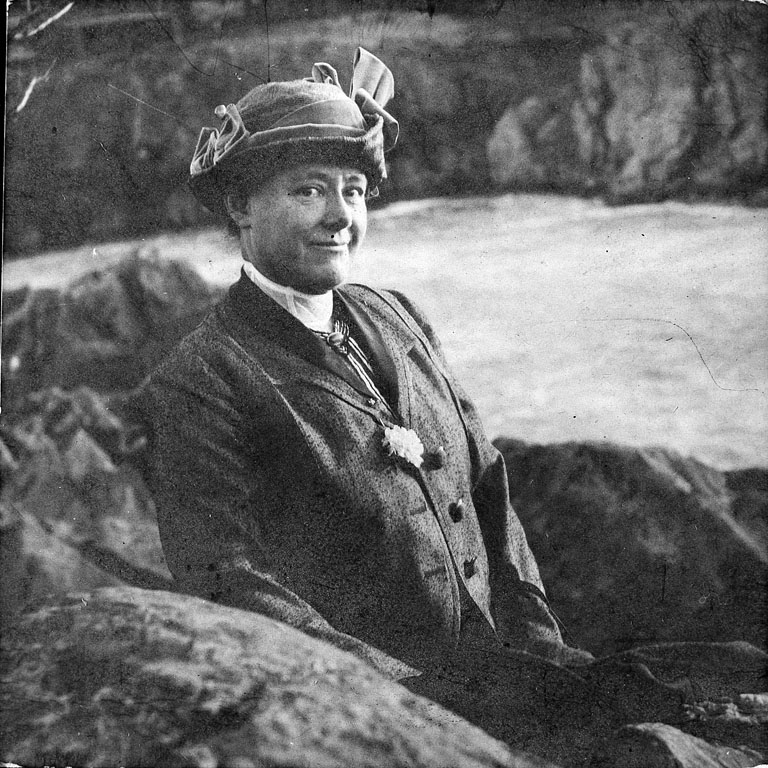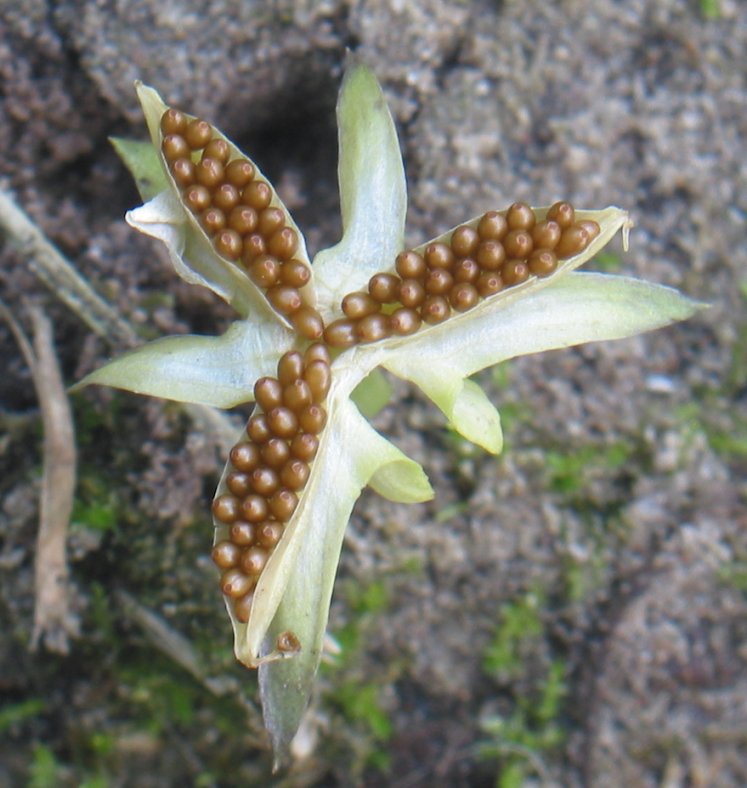|
Viola Orbiculata
''Viola orbiculata'', the darkwoods violet or western roundleaf violet, is a species of flowering plant in the family Violaceae Violaceae is a family of flowering plants established in 1802, consisting of about 1000 species in about 25 genera. It takes its name from the genus ''Viola'', the violets and pansies. Older classifications such as the Cronquist system placed ..., native to the Pacific Northwest. A perennial reaching , it can have yellow or purple flowers. References orbiculata Flora of British Columbia Flora of Alberta Flora of the Northwestern United States Plants described in 1895 {{Violaceae-stub ... [...More Info...] [...Related Items...] OR: [Wikipedia] [Google] [Baidu] |
Mary Vaux Walcott
Mary Morris Vaux Walcott (July 31, 1860 – August 22, 1940) was an American artist and naturalist known for her watercolor paintings of wildflowers. She has been called the "Audubon of Botany." Life Vaux was born in Philadelphia, Pennsylvania, to a wealthy Quaker family. After graduating from the Friends Select School in Philadelphia in 1879, she took an interest in watercolor painting. When she was not working on the family farm, she began painting illustrations of wildflowers that she saw on family trips to the Rocky Mountains in Canada. During these summer trips, she and her brothers studied mineralogy and recorded the flow of glaciers in drawings and photographs. The trips to the Canadian Rockies sparked her interest in geology. In 1880, her mother died and at 19 years old Vaux took on the responsibility of caring for her father and two younger brothers. After 1887, she and her brothers went back to western Canada almost every summer. During this time she became an ac ... [...More Info...] [...Related Items...] OR: [Wikipedia] [Google] [Baidu] |
Asa Gray
Asa Gray (November 18, 1810 – January 30, 1888) is considered the most important American botanist of the 19th century. His ''Darwiniana'' was considered an important explanation of how religion and science were not necessarily mutually exclusive. Gray was adamant that a genetic connection must exist between all members of a species. He was also strongly opposed to the ideas of hybridization within one generation and special creation in the sense of its not allowing for evolution. He was a strong supporter of Darwin, although Gray's theistic evolution was guided by a Creator. As a professor of botany at Harvard University for several decades, Gray regularly visited, and corresponded with, many of the leading natural scientists of the era, including Charles Darwin, who held great regard for him. Gray made several trips to Europe to collaborate with leading European scientists of the era, as well as trips to the southern and western United States. He also built an extensive ne ... [...More Info...] [...Related Items...] OR: [Wikipedia] [Google] [Baidu] |
Karl Andreas Geyer
Karl (Charles) Andreas Geyer (30 November 1809 – 21 November 1853) was a German botanist who was a native of Dresden. Biography As a teenager, Geyer worked as an apprentice-gardener in Zabeltitz, and in 1830 became an assistant at the botanical gardens in Dresden. From 1835 to 1844 he performed botanical studies on several expeditions within the United States. In 1838-40 he worked as a botanist in the Upper Midwest for geographer Joseph Nicollet (1786-1843), and in 1841-42 collected plants in Illinois, Missouri and the Iowa Territory for botanist George Engelmann (1809-1884). Afterwards he joined explorer William Drummond Stewart (1795–1871) on an expedition through the present-day states of Nebraska and Wyoming. Eventually, Geyer parted company with Stewart, and performed extensive botanical research in what would later be known as the Oregon Territory. The plant specimens Geyer collected in 1843/44 were supposed to be sent to George Engelmann in exchange for En ... [...More Info...] [...Related Items...] OR: [Wikipedia] [Google] [Baidu] |
Benjamin Daydon Jackson
Benjamin Daydon Jackson (3 April 1846 – 12 October 1927) was a pioneering botanist and taxonomer who wrote the first volume of ''Index Kewensis'' to include all the flowering plants. Biography Jackson was the eldest child of Benjamin Daydon Jackson (''c.''1806-1855) and Elizabeth Gaze (b.''c.''1815), born in London and educated at private schools. He is perhaps best known as the compiler of ''Index Kewensis'', a reference book which appeared from 1893 to 1895, and which was at once accepted as authority throughout the world for names of flowering plants. In 1880 he was elected secretary of the Linnaean Society. Works Besides the ''Index Kewensis'', he wrote: * ''Guide to the Literature of Botany'' (1881) * ''Vegetable Technology'' (1882) * ''Glossary of Botanical Terms'' (1900) References Jackson, Benjamin Daydon (1846-1927)at International Plant Names Index The International Plant Names Index (IPNI) describes itself as "a database of the names and associated basic ... [...More Info...] [...Related Items...] OR: [Wikipedia] [Google] [Baidu] |
Violaceae
Violaceae is a family of flowering plants established in 1802, consisting of about 1000 species in about 25 genera. It takes its name from the genus ''Viola'', the violets and pansies. Older classifications such as the Cronquist system placed the Violaceae in an order named after it, the Violales or the Parietales. However, molecular phylogeny studies place the family in the Malpighiales as reflected in the Angiosperm Phylogeny Group (APG) classification, with 41 other families, where it is situated in the parietal clade of 11 families. Most of the species are found in three large genera, ''Viola'', ''Rinorea'' and ''Hybanthus''. The other genera are largely monotypic or oligotypic. The genera are grouped into four clades within the family. The species are largely tropical or subtropical but ''Viola'' has a number of species in temperate regions. Many genera have a very restricted distribution. Description Though the best-known genus, ''Viola'', is herbaceous, most species ... [...More Info...] [...Related Items...] OR: [Wikipedia] [Google] [Baidu] |
Viola (plant)
''Viola'' is a genus of flowering plants in the violet family Violaceae. It is the largest genus in the family, containing between 525 and 600 species. Most species are found in the temperate Northern Hemisphere; however, some are also found in widely divergent areas such as Hawaii, Australasia, and the Andes. Some ''Viola'' species are perennial plants, some are annual plants, and a few are small shrubs. Many species, varieties and cultivars are grown in gardens for their ornamental flowers. In horticulture the term pansy is normally used for those multi-colored, large-flowered cultivars which are raised annually or biennially from seed and used extensively in bedding. The terms viola and violet are normally reserved for small-flowered annuals or perennials, including the wild species. Description Annual or perennial caulescent or acaulescent (with or without a visible plant stem above the ground) herbs, shrubs or very rarely treelets. In acaulescent taxa the foliage and flower ... [...More Info...] [...Related Items...] OR: [Wikipedia] [Google] [Baidu] |
Flora Of British Columbia
Flora is all the plant life present in a particular region or time, generally the naturally occurring (indigenous) native plants. Sometimes bacteria and fungi are also referred to as flora, as in the terms '' gut flora'' or '' skin flora''. Etymology The word "flora" comes from the Latin name of Flora, the goddess of plants, flowers, and fertility in Roman mythology. The technical term "flora" is then derived from a metonymy of this goddess at the end of the sixteenth century. It was first used in poetry to denote the natural vegetation of an area, but soon also assumed the meaning of a work cataloguing such vegetation. Moreover, "Flora" was used to refer to the flowers of an artificial garden in the seventeenth century. The distinction between vegetation (the general appearance of a community) and flora (the taxonomic composition of a community) was first made by Jules Thurmann (1849). Prior to this, the two terms were used indiscriminately.Thurmann, J. (1849). ''Essai de ... [...More Info...] [...Related Items...] OR: [Wikipedia] [Google] [Baidu] |
Flora Of Alberta
Flora is all the plant life present in a particular region or time, generally the naturally occurring ( indigenous) native plants. Sometimes bacteria and fungi are also referred to as flora, as in the terms ''gut flora'' or ''skin flora''. Etymology The word "flora" comes from the Latin name of Flora, the goddess of plants, flowers, and fertility in Roman mythology. The technical term "flora" is then derived from a metonymy of this goddess at the end of the sixteenth century. It was first used in poetry to denote the natural vegetation of an area, but soon also assumed the meaning of a work cataloguing such vegetation. Moreover, "Flora" was used to refer to the flowers of an artificial garden in the seventeenth century. The distinction between vegetation (the general appearance of a community) and flora (the taxonomic composition of a community) was first made by Jules Thurmann (1849). Prior to this, the two terms were used indiscriminately.Thurmann, J. (1849). ''Essai de Ph ... [...More Info...] [...Related Items...] OR: [Wikipedia] [Google] [Baidu] |
Flora Of The Northwestern United States
Flora is all the plant life present in a particular region or time, generally the naturally occurring (indigenous) native plants. Sometimes bacteria and fungi are also referred to as flora, as in the terms '' gut flora'' or '' skin flora''. Etymology The word "flora" comes from the Latin name of Flora, the goddess of plants, flowers, and fertility in Roman mythology. The technical term "flora" is then derived from a metonymy of this goddess at the end of the sixteenth century. It was first used in poetry to denote the natural vegetation of an area, but soon also assumed the meaning of a work cataloguing such vegetation. Moreover, "Flora" was used to refer to the flowers of an artificial garden in the seventeenth century. The distinction between vegetation (the general appearance of a community) and flora (the taxonomic composition of a community) was first made by Jules Thurmann (1849). Prior to this, the two terms were used indiscriminately.Thurmann, J. (1849). ''Essai de ... [...More Info...] [...Related Items...] OR: [Wikipedia] [Google] [Baidu] |

.jpg)



.png)